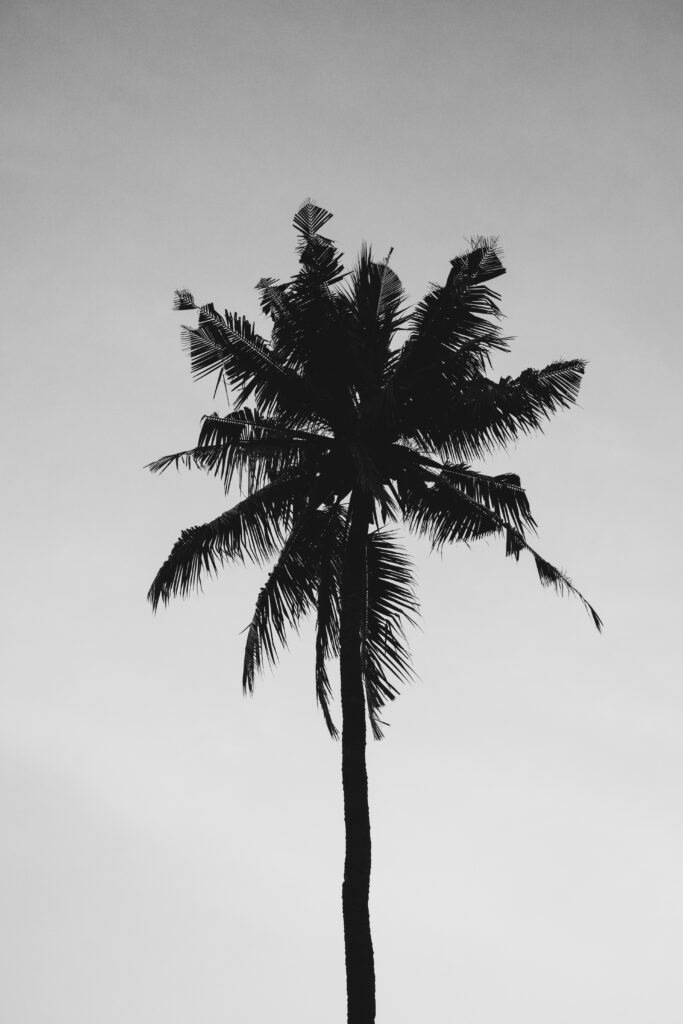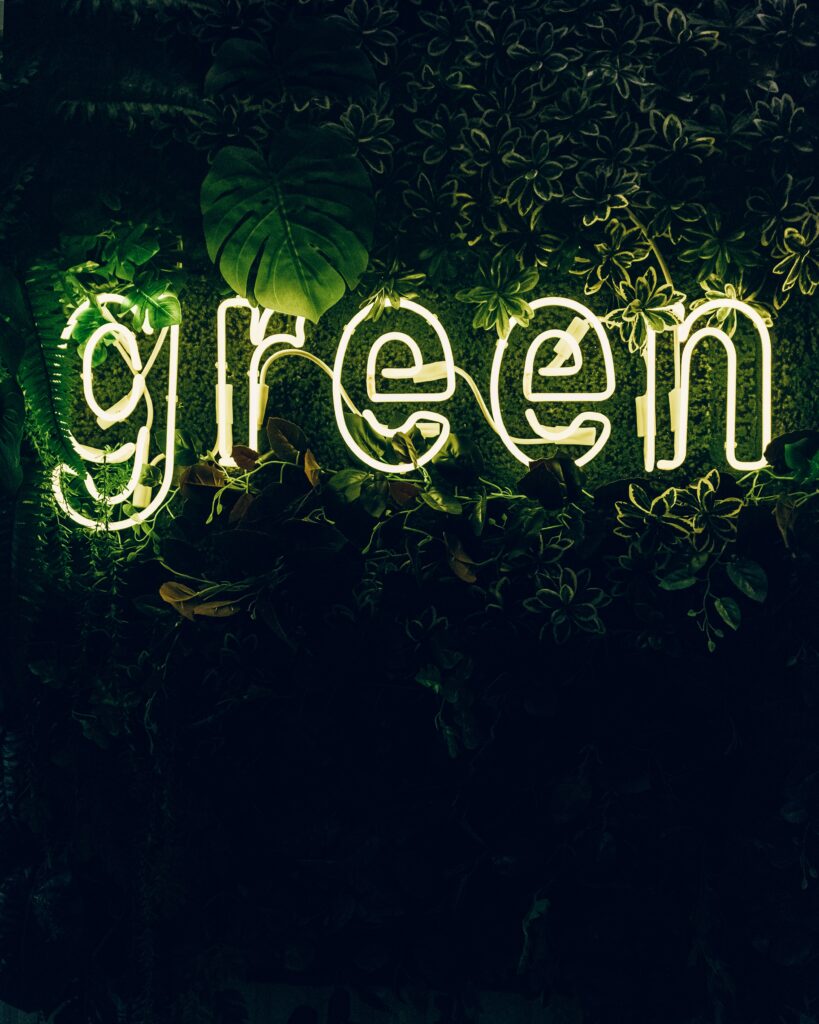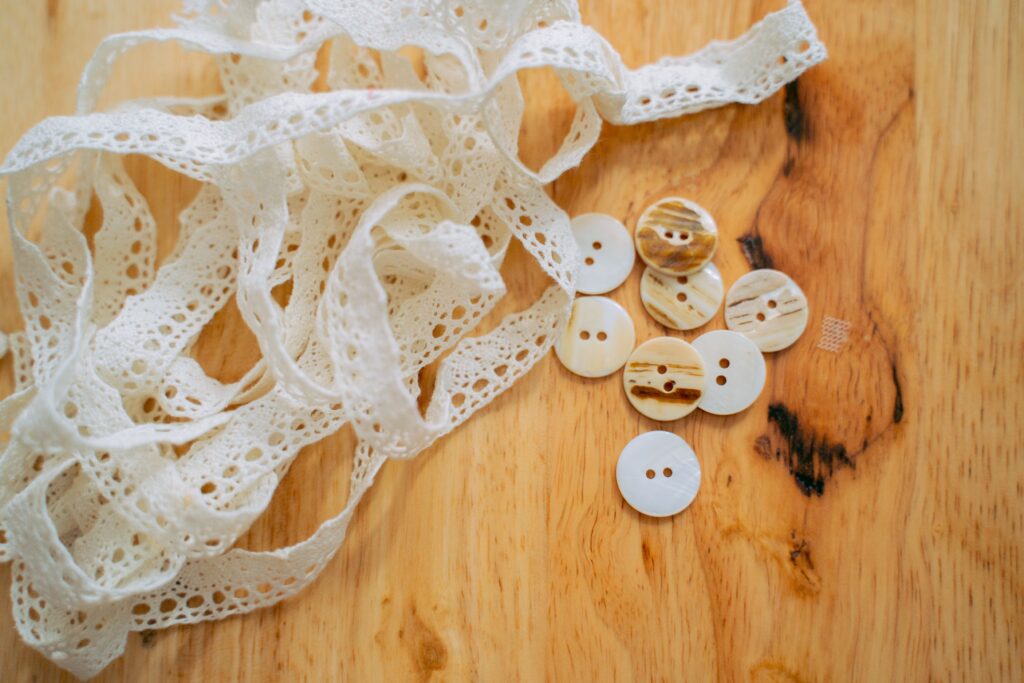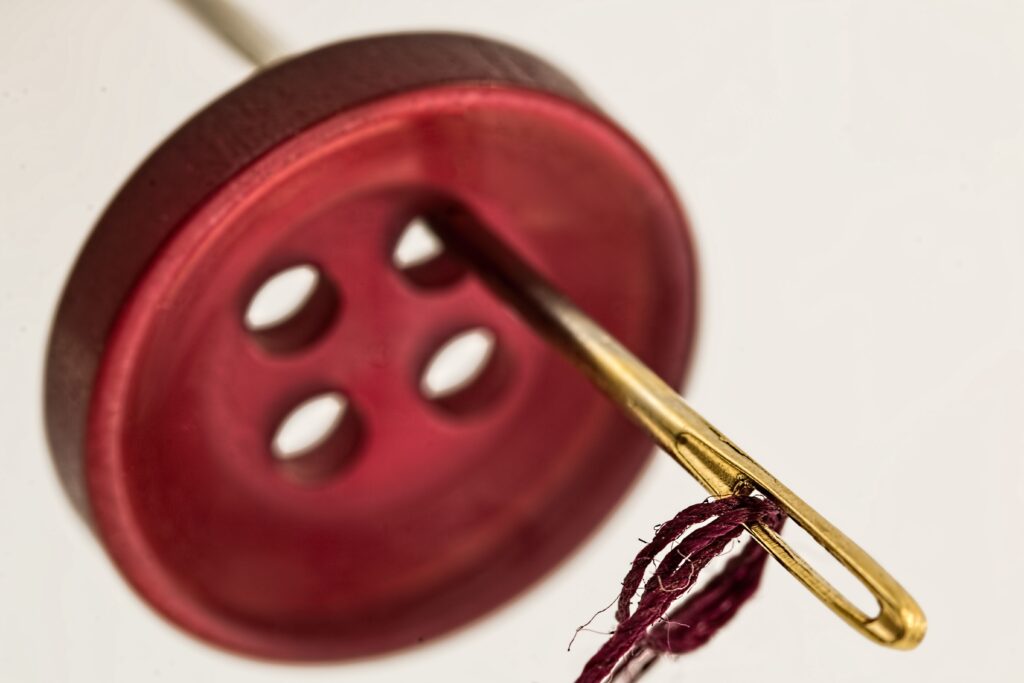COROZO: VEGETABLE IVORY
It is a material obtained from the seeds (Tagua) of a palm (Phytelephas Macrocarpa) that grows in the humid and tropical region of Ecuador; it is considered a “sustainable resource” which, despite its constant use, remains inexhaustible. Once dried, the fruits take on a texture, color and appearance very similar to animal ivory. It is mainly used for the preparation of: buttons, beads, jewelry, coatings, mosaics, floors, buttons and some musical instruments such as bagpipes; it has become an excellent economic and ecological substitute for animal ivory.

the plant and the processing
Tagua is a plant that grows very slowly, has a solitary stem and matures after about 15 years. This is the main reason why it is not generally grown. The medium tree has a height of 6-8 meters, but can also reach 12 meters.
The palm is dioecious, that is, it differs into two sexual types of plants, male and female. The female plant produces large fruits, mocochas or cabezas, composed of about 20 segments called pencos. Each year the plant produces 10-12 mocochas, each of which has an average diameter of 30-40 cm, but can also reach 60 cm and a weight of over 12 kg. Mococha is the set of pencos, which contains 100-200 seeds.
Each seed is divided into six-seven parts, each of these parts contains cells and each cell can contain 6-9 seeds; the fresh seeds contain a pulp that is liquid and following the ripening process the seed undergoes a transformation becoming in a short time highly resistant and an ivory white color. The material that characterizes the corozo, being composed of cellulose, in the presence of fire is subject to burn and carbonize quickly.
The seeds have an average size of a walnut and are covered with various layers of hard and brown skin, while inside they are creamy white. The peel can be left on the seed and smoothed to obtain a chocolate colored seed. The seed can be further sanded to achieve a streaked pattern, while turning completely white when the brown skin is completely smoothed and removed.
The germination of the Tagua seed lasts about 8 months. The immature seeds contain a white, sweet, edible liquid, which becomes gelatinous as the seeds mature. In fact, after curing for about six months under the sun, the material is ready to be processed, thanks to the processing it assumes characteristics similar to elephant ivory, such as:
- Color;
- Hardness;
- Shine;
- Absence of flaking.
However, the two types of ivory differ by:
- The fracture, which is splintery for animal ivory, is irregular for corozo;
- The fluorescence which for animal ivory is blue-white or yellowish, for corozo it is bluish-white;
- The density is higher for animal ivory.
Thanks to these unique characteristics, the button industry has been using corozo since the mid-nineteenth century; its diffusion contributes to the conservation of nature, an alternative that allows man to obtain profits in a fair way by safeguarding elephants and preserving the forests of Ecuador.


properties and usage
In some countries, the fresh fruits of vegetable ivory are consumed as food by both animals and humans, while the kernels are boiled to obtain a kind of vegetable fat used for cooking from the external fibers; it is also used for its medicinal properties.
However, the most interesting use of Tagua kernels is to make objects, jewels, miniatures, buttons; as the stones are of different sizes, their massive and therefore industrial production is not possible and they are made entirely by hand.

Corozo fun facts
US military uniforms were made of Corozo during World War I and II. In 2005, Europe played an essential role in its export, in fact, many more fashion designers started using it and today we can find it in the most exclusive jewelry boutiques.
